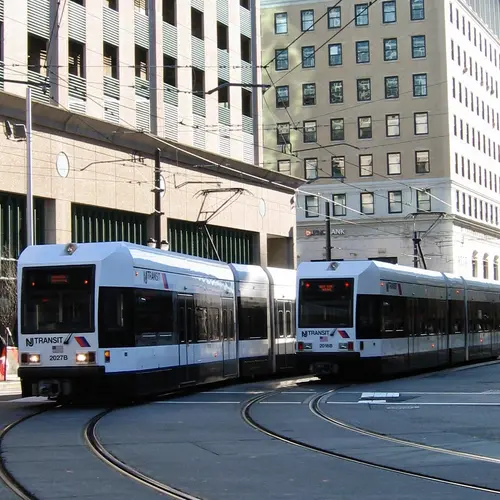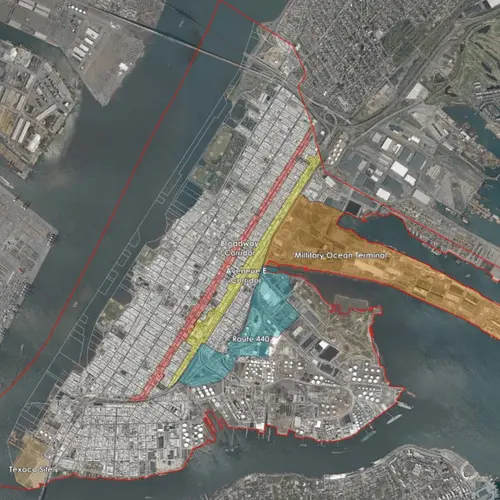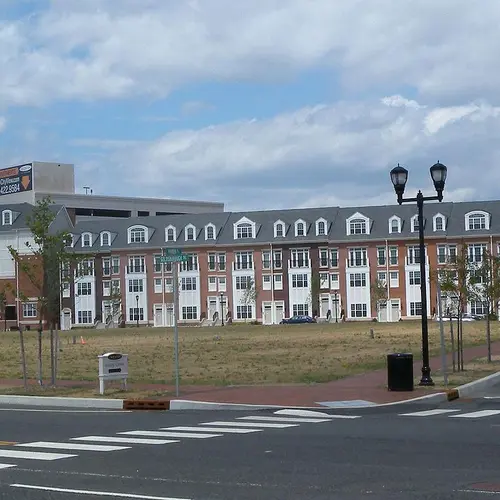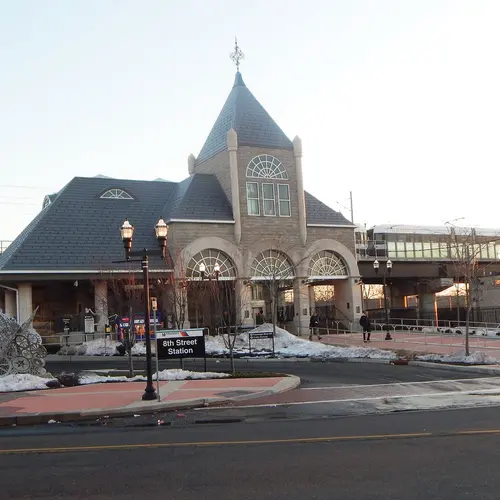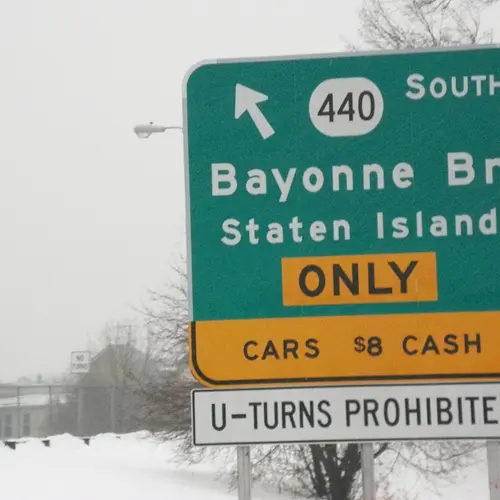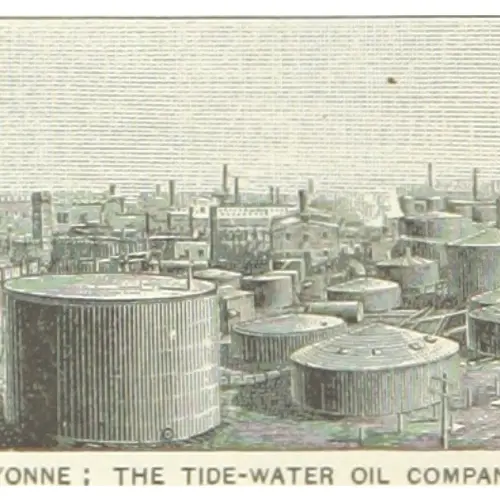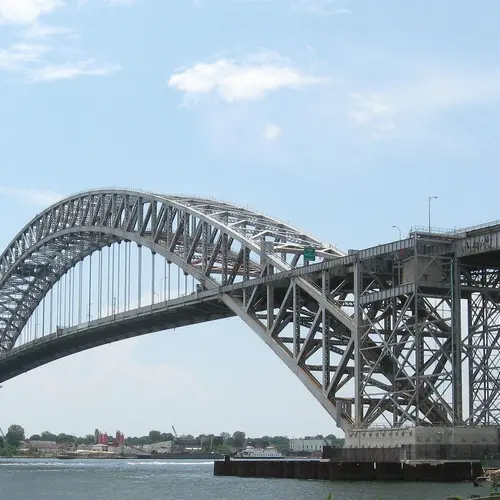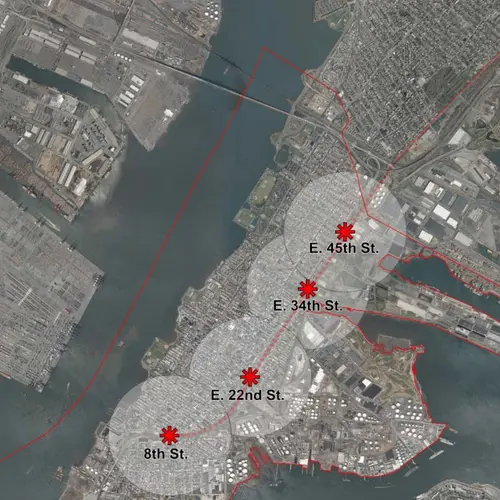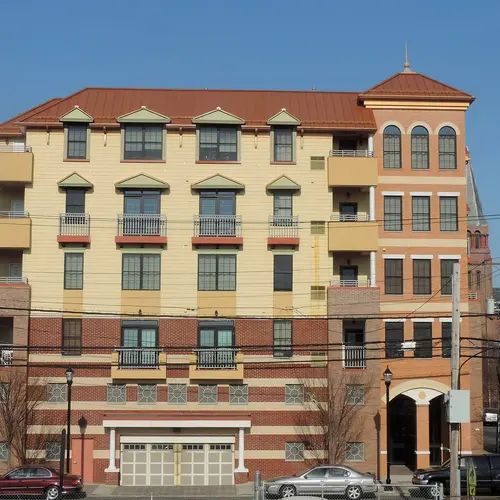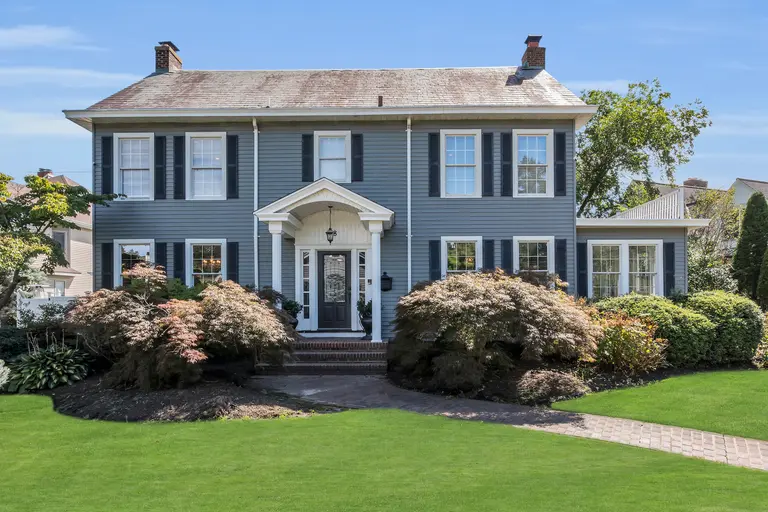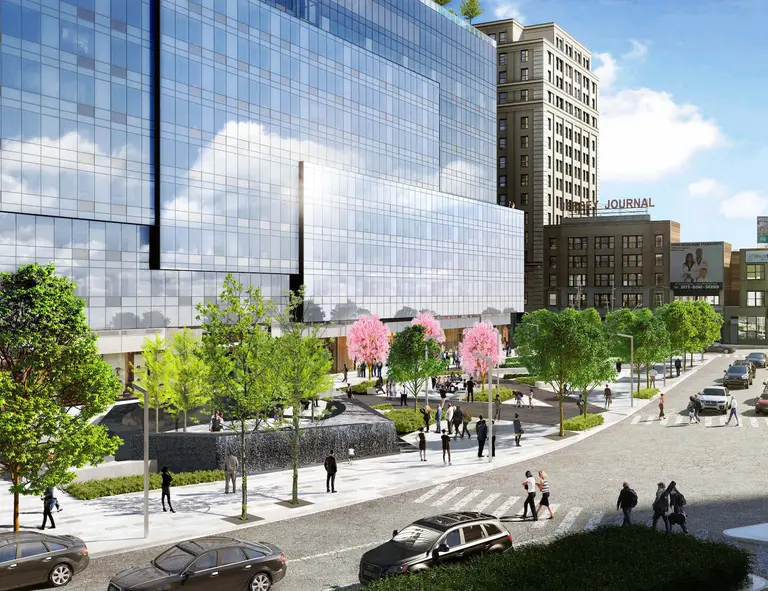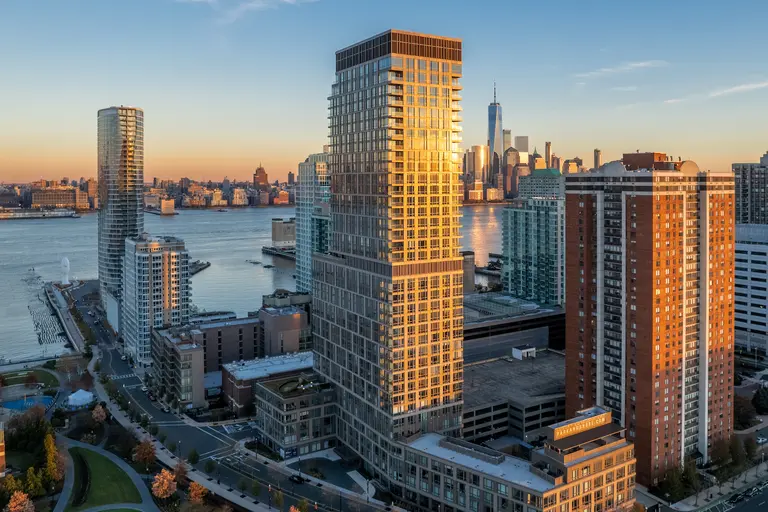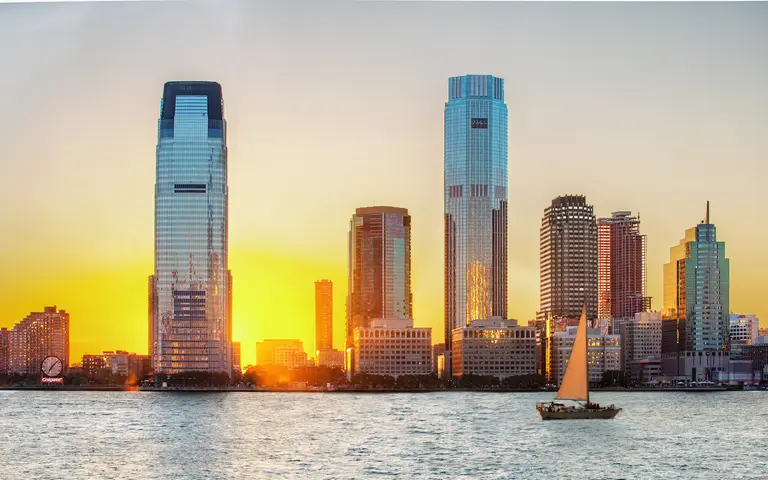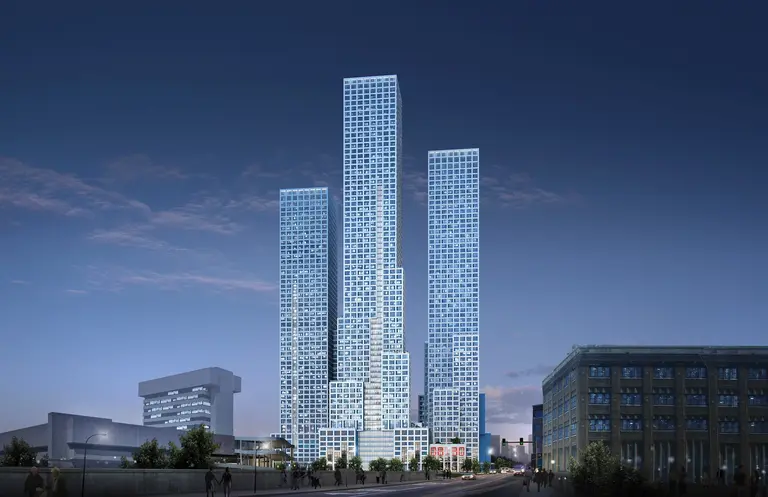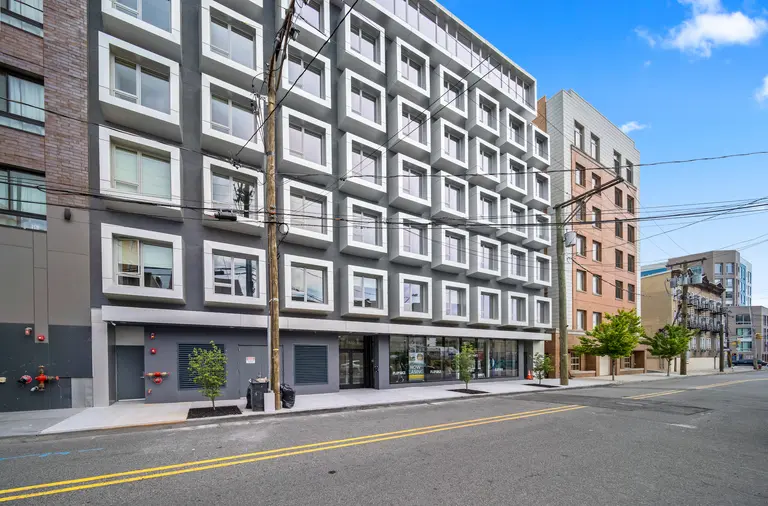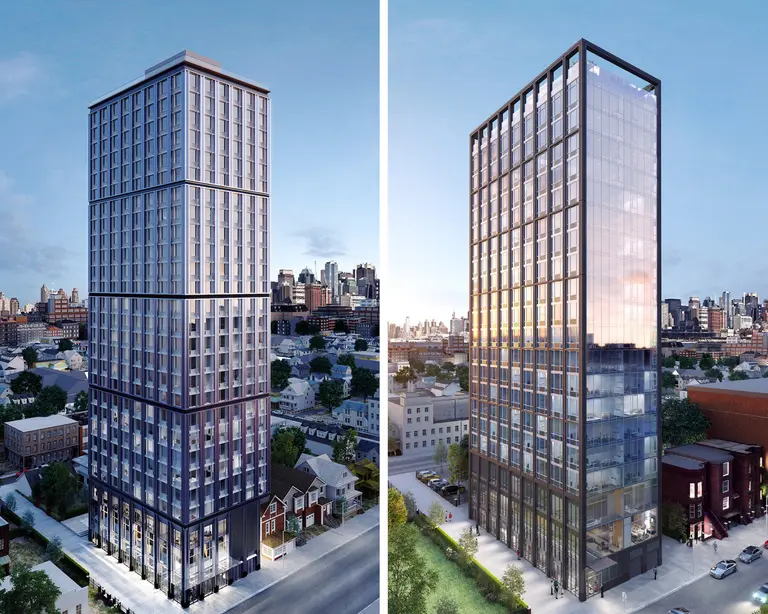The long-awaited Bayonne boom: Transit options, adaptive reuse, and affordability
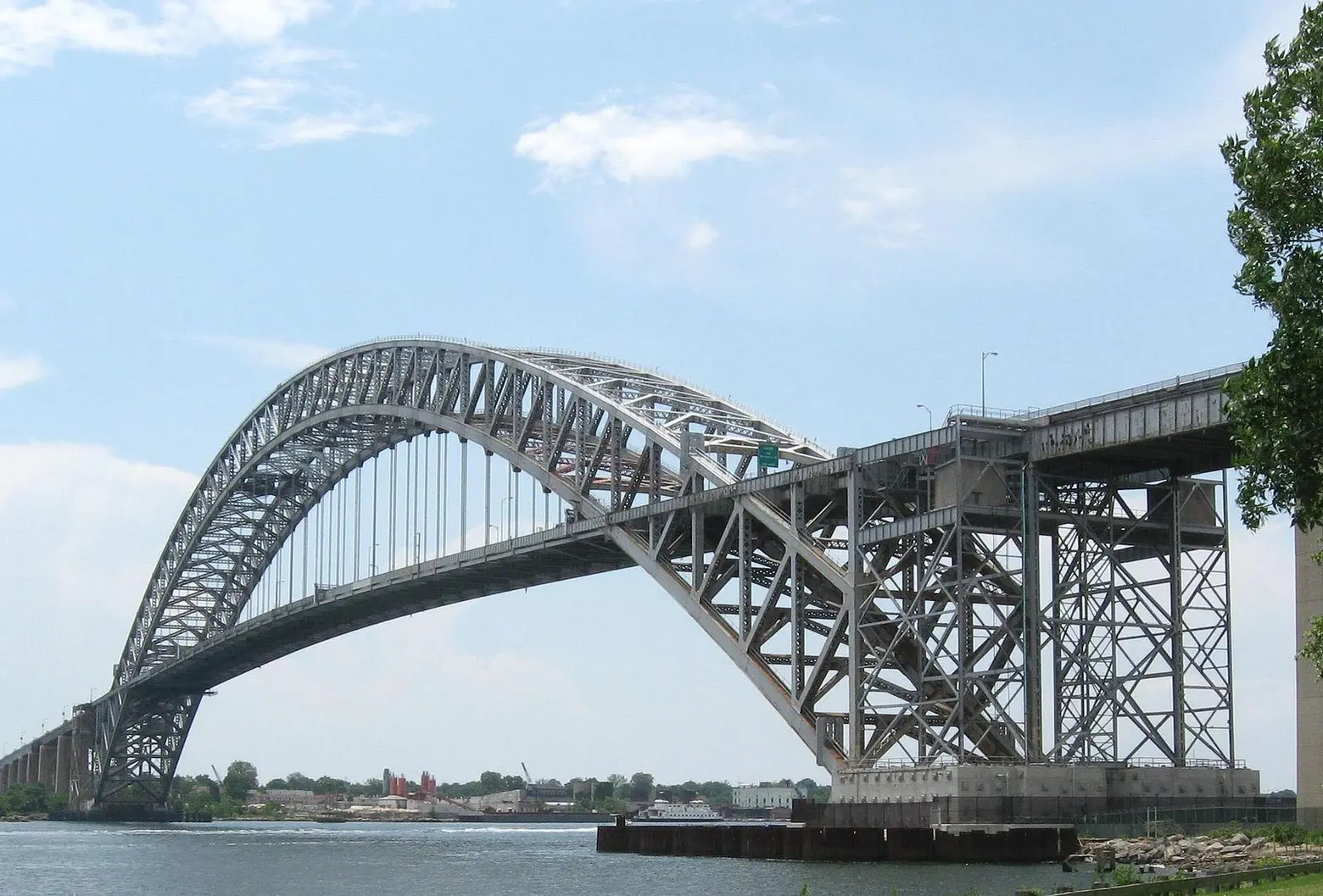
Bayonne, located on the southern peninsula of New Jersey’s Gold Coast, is ripe for a construction boom. That being said, it has been awaiting this boom for over 18 years – since the light rail system was installed. As Newport and Jersey City’s markets are on fire, Bayonne hopes that development momentum is headed their way. But with its Hudson River location, city views, access to Manhattan via light rail and the PATH (it is about 30 minutes to take the light rail to the PATH to the World Trade Center), Bayonne has taken its future into its own hands and massively revised its master plan for the first time since 2000.
Bayonne considers its proximity to New York City and lower prices its greatest assets. The average home sales are around $400,000 versus $800,000 in Jersey City. The new master plan aims to transform Bayonne into a walkable, bikeable, mixed-use community with densely settled areas (which they call “transit villages”) around the light rail stations. The town’s 22nd Street Light Rail stop connects residents to the rest of the Gold Coast and PATH trains running to Manhattan. Bayonne City Planner Suzanne Mack is quoted as saying, “Our assets are our charm and home life…We’ve moved from being an industrial giant, an oil tank farm basically, into more of a bedroom community with a lot of community resources.”
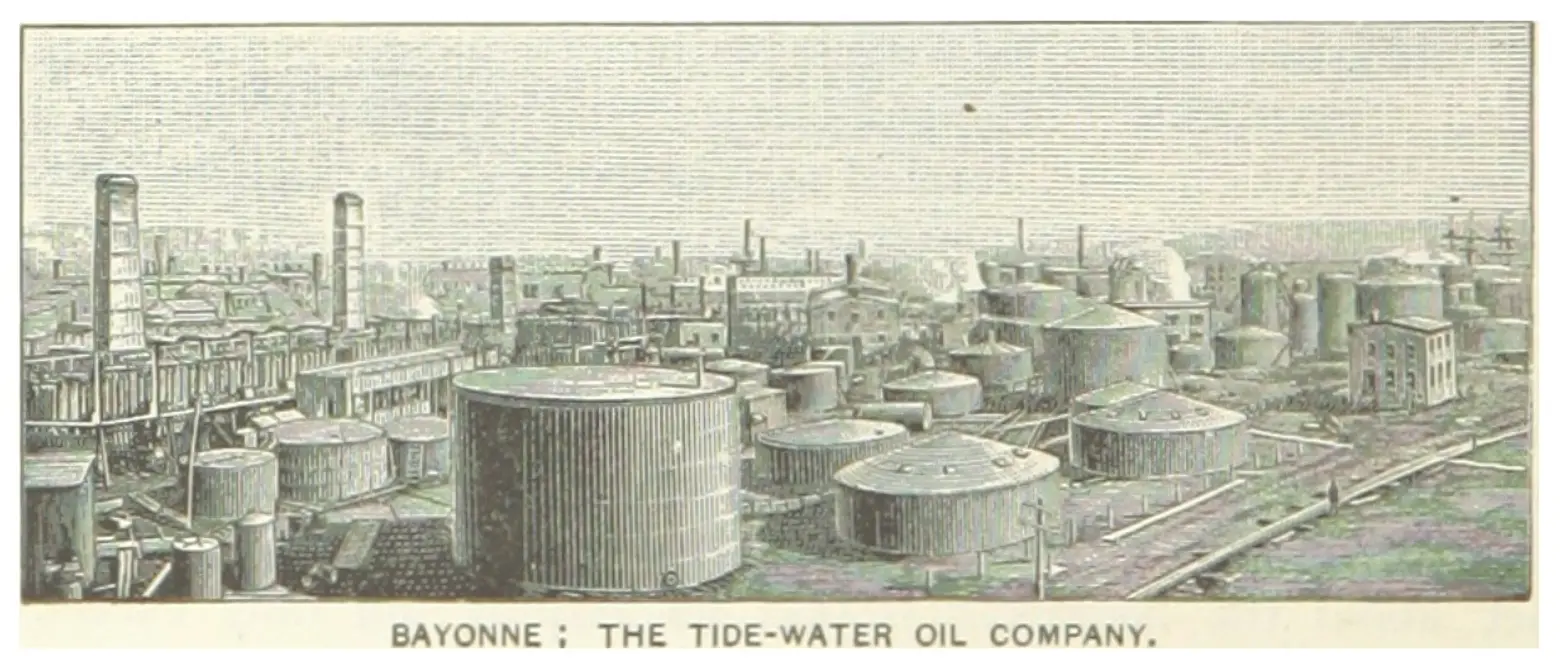 The Tidewater Oil Company in Bayonne in 1890, which was eventually acquired by Standard Oil. Via Wiki Commons
The Tidewater Oil Company in Bayonne in 1890, which was eventually acquired by Standard Oil. Via Wiki Commons
The History of Bayonne
Incorporated in 1861, the city of Bayonne was originally called Bergen Neck (located south of the Dutch settlement of Bergen, now known as Jersey City). High-class New Yorkers flocked to Bayonne’s resort hotels and beaches.
Bayonne was an early maritime center filled with boat building businesses and yachting. In the late 1800s, urbanization and industrialization took over. In 1877, the Standard Oil Company bought a small refinery in Bayonne and by the 1920s, it became the city’s largest employer with over 6,000 workers making the city the largest oil refinery center in the world.
Bayonne’s Military Ocean Terminal (MOT) became a US Army base in 1967, but as oil refining and other traditional industries declined, they have been replaced by port operations and the service sector.
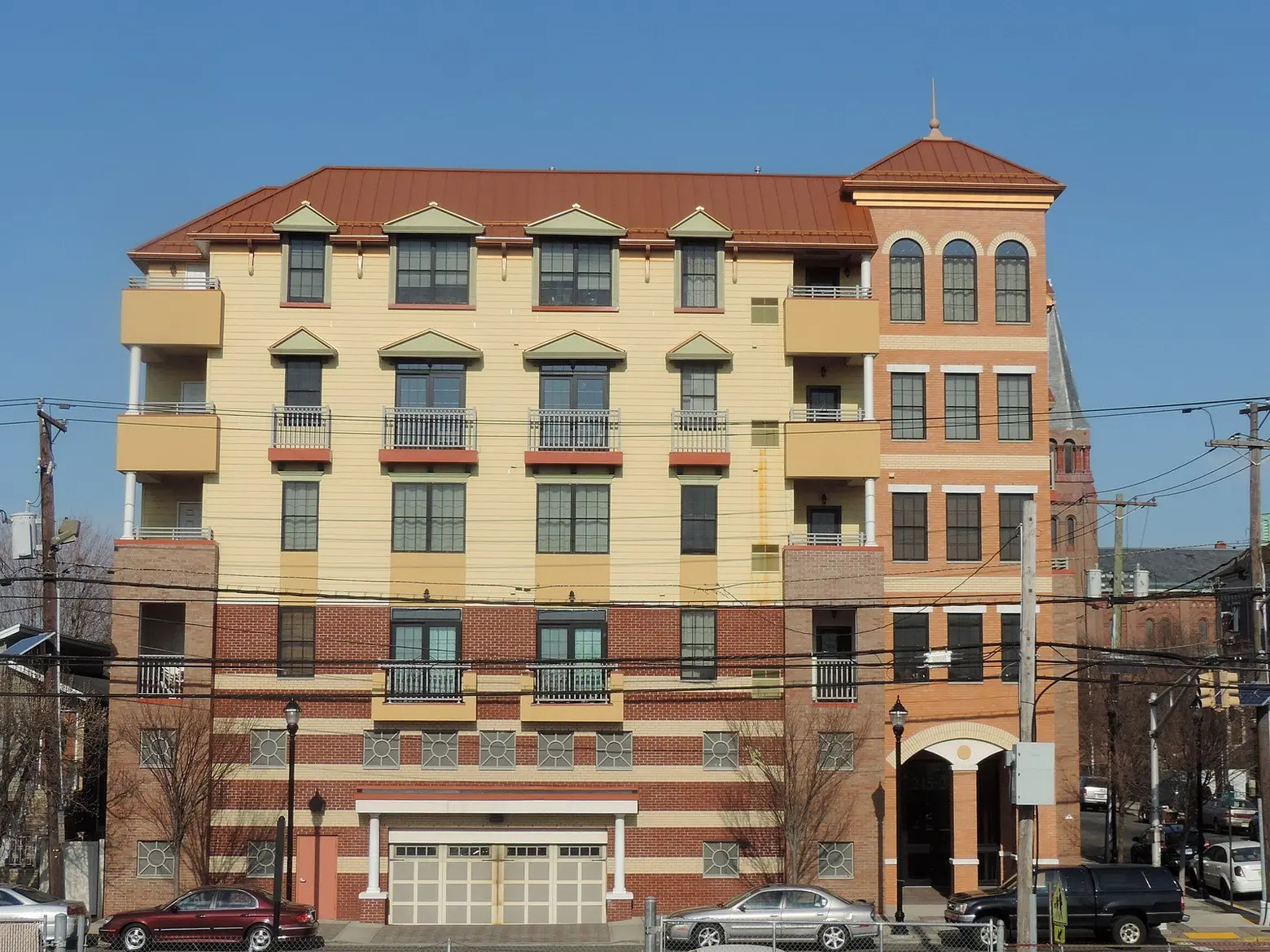 An apartment house on Avenue E and 22nd Street, via Wiki Commons
An apartment house on Avenue E and 22nd Street, via Wiki Commons
Bayonne’s Real Estate Market
Bayonne’s real estate market has been on the rise every quarter since 2013. Estimates state there will be 1,000 new residential units in 2018 and another 2,000 to 3,000 apartments over the next five years.
Achim Borkeloh, Manager at Bayonne’s Weichert Realtors, says that the average price of homes has increased over 8 percent in the last 12 months. “Two family houses have seen a big jump in value because of low inventory and high demand. There is a lot of interest compared to 10 years ago. Bayonne has totally changed. Now we’re seeing buyers from Long Island, Brooklyn, and Queens because of Bayonne’s low price point compared to the city and Hoboken.”
Anthony Curty of Pure Properties thinks Bayonne’s development has been organic and has the three essential characteristics every successful neighborhood needs. 1. Transportation: “A lot of Manhattan commuters use the light rail.” 2. A good downtown: “When people come home from work, they want to be able to do something and Bayonne is prime for that with its 45 blocks of store after store after store.” Curty lists stores from vegan restaurants to specialty chocolate shops, cafes and boutique stores all along Broadway, and the preexisting .99 cent stores. “We’re keeping that local main street feeling” while having all of the big box stores across town. And finally, 3. Diversity, “Bayonne has become a nice melting pot. Brooklynites, Manhattanites, and people from Hoboken and Jersey City.”
 Via SilkLofts
Via SilkLofts
According to Curty, SilkLofts, a century-old Maidenform brassiere factory turned luxury apartments in downtown Bayonne, was a pioneer building in this new chapter of growth. SilkLofts boasts exposed brick, heavy timbers, high windows, towering ceilings, a garden courtyard, a gym, and a community pizza oven. Stern Capital acquired the abandoned former factory in 2009 and transformed it into luxury residences. Last week AMS Acquisitions, a New York City-based real estate investment firm, purchased the building for $32.1 million and plans to add more than 100 new residential units to the property.
SilkLofts not only prioritized it’s commitment to the environment and sustainability by reusing bricks, steel, and concrete during construction (to avoid new production and reduce landfill usage) and boasts efficient materials, like windows, low energy HVAC and flooring, but Curty explains that there was great attention on the historic preservation of the building. Reminders of the factory’s previous life are present throughout, such as a Maidenform plaque in the lobby and old Life Magazine photos of the company throughout the building.
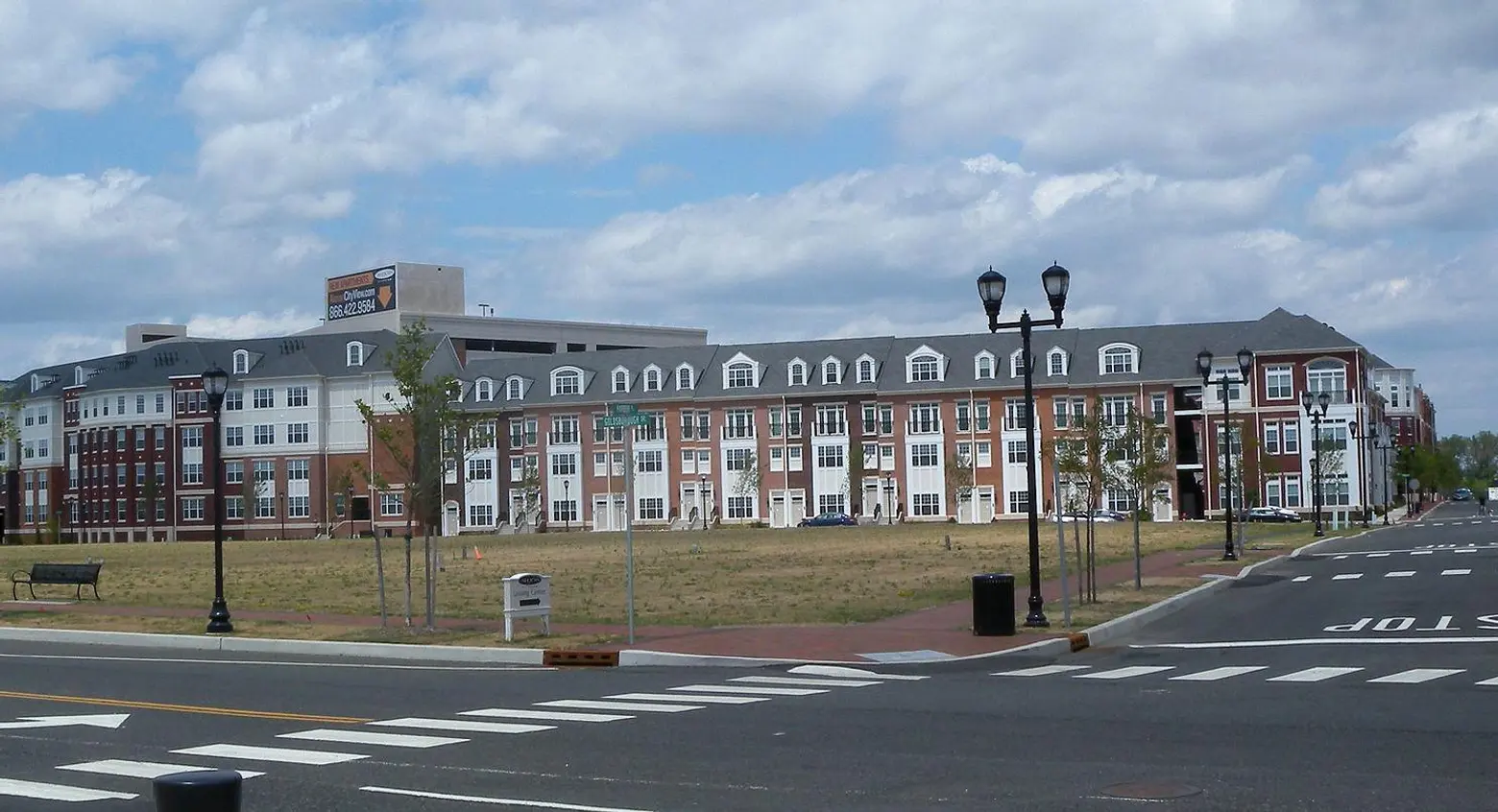 The Penninsula, via Wiki Commons
The Penninsula, via Wiki Commons
Military Ocean Terminal at Bayonne (MOT)
From 1942-1999, the MOT, a man-made peninsula spanning some 130 acres, was a U.S. military ocean terminal. In 2002, MOT was officially renamed “The Peninsula at Bayonne Harbor” by the Bayonne Local Redevelopment Authority. In 2010, Bayonne sold MOT to the Port Authority for $235 million. After years of halted development plans, three developers, JMF Properties, Kushner Real Estate Group, and Atlantic Realty, intend to add over 2,000 apartments and almost 300,000 square feet of retail in the next few years.
The massive development on MOB will provide many new options for Bayonne including new hotels, green space, and a mixed-use development that town officials hope will attract upscale businesses and residents.
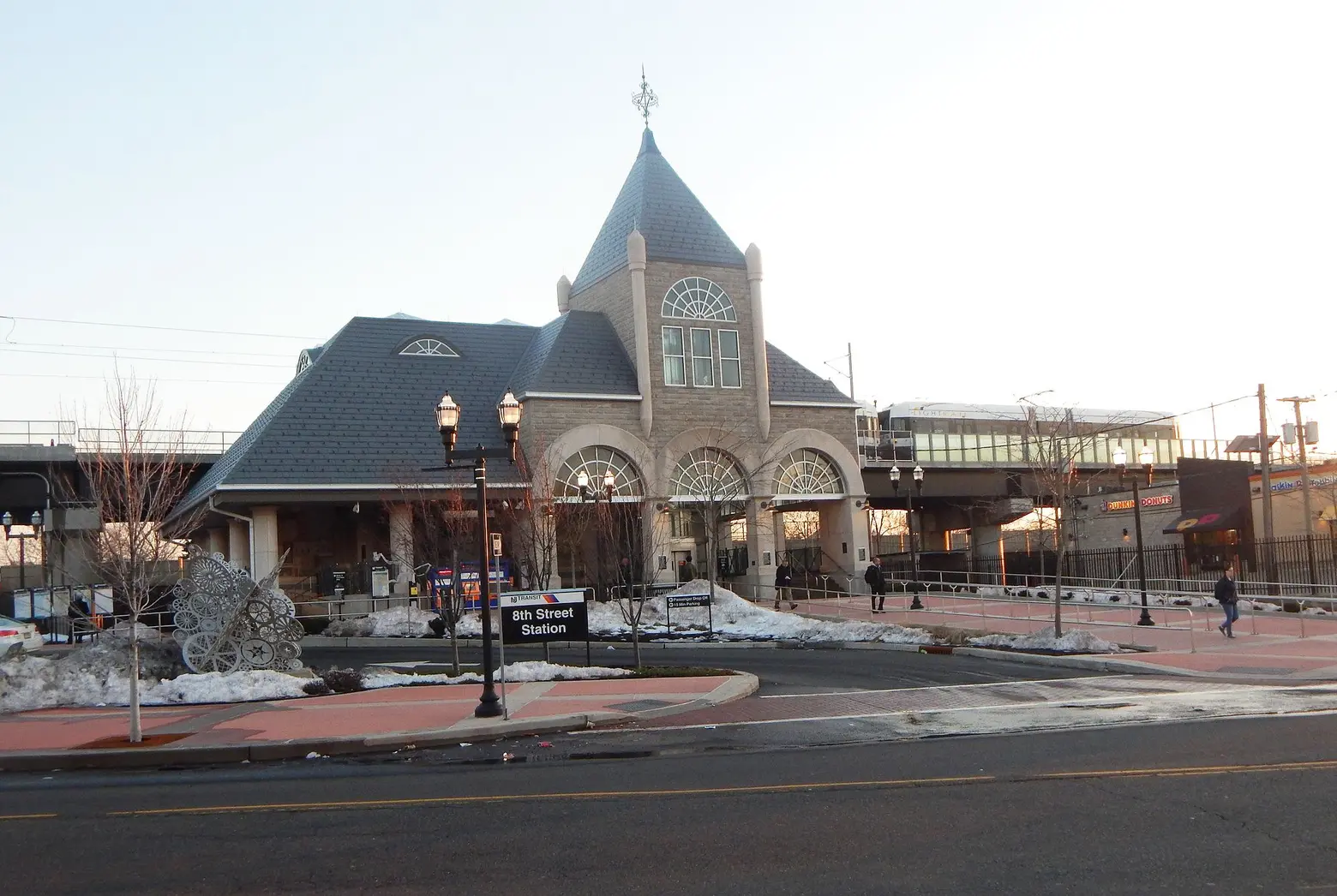 8th Street Ligh Rail Station, via Adam Moss/Flickr
8th Street Ligh Rail Station, via Adam Moss/Flickr
Transportation
Ferry
The city has been lobbying for ferry service from the former Military Ocean Terminal Base. In late February, the Port Authority of New York and New Jersey agreed to perform an impact study to determine demand for a ferry slip on the base. The ferry has done wonders for communities like Red Hook, Brooklyn and seems to be the one form of transportation addition everyone can agree on. It is quick to implement, low cost (relative to other options), and does not require any infrastructure beyond a slip.
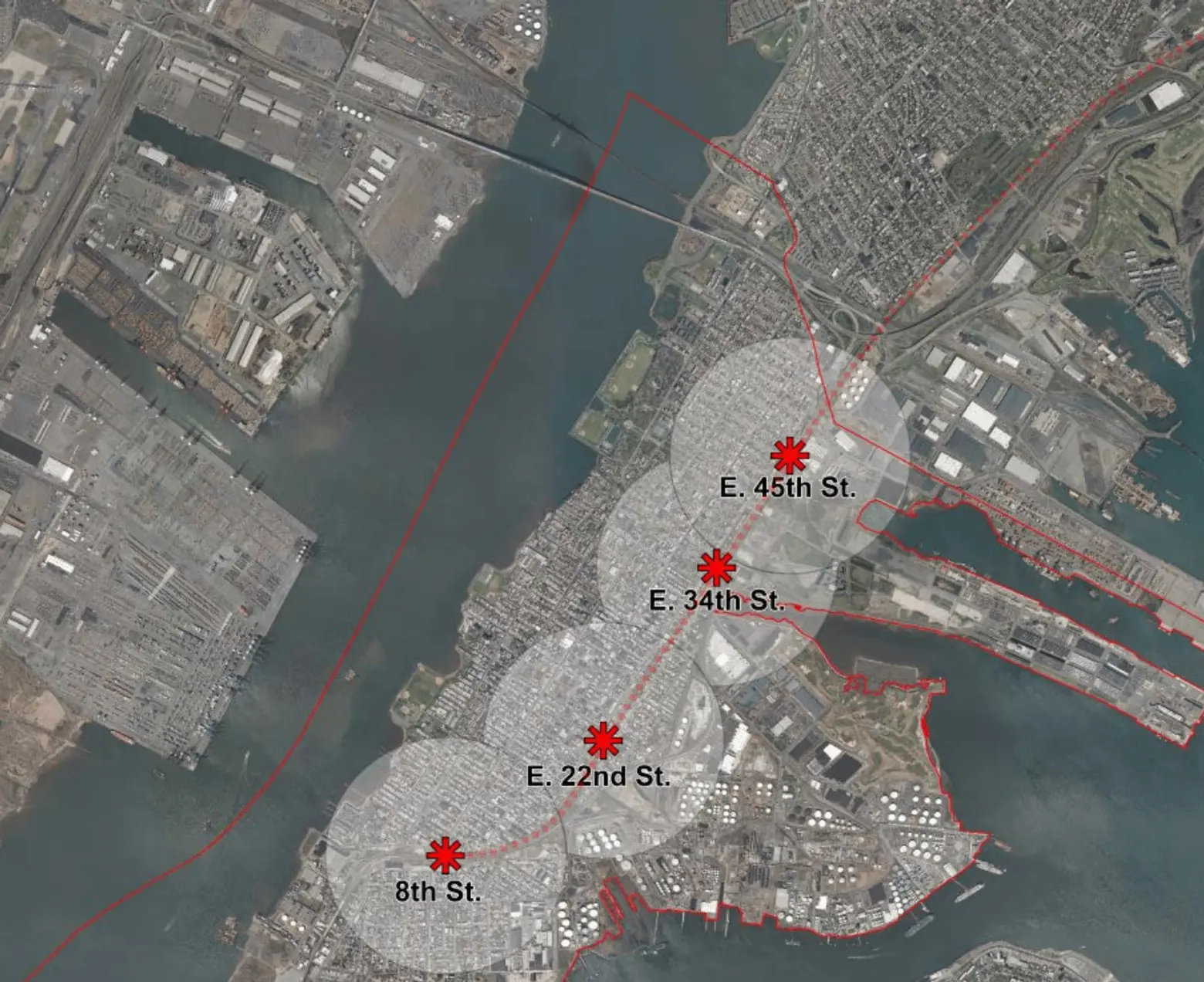 Map of Bayonne Light Rail stations, via DMR Architects/Bayonne Master Plan
Map of Bayonne Light Rail stations, via DMR Architects/Bayonne Master Plan
Light Rail
Started in 2000, the Hudson-Bergen Light Rail Transit System is a 17.5-mile light rail that operates in Hudson County and serves Jersey City, Hoboken, Bayonne, Weehawken, Union City, and North Bergen. Owned by New Jersey Transit (NJT) and operated by the 21st Century Rail Corporation, the Light Rail has stations at 45th Street, 34th Street, 22nd Street, and 8th Street.
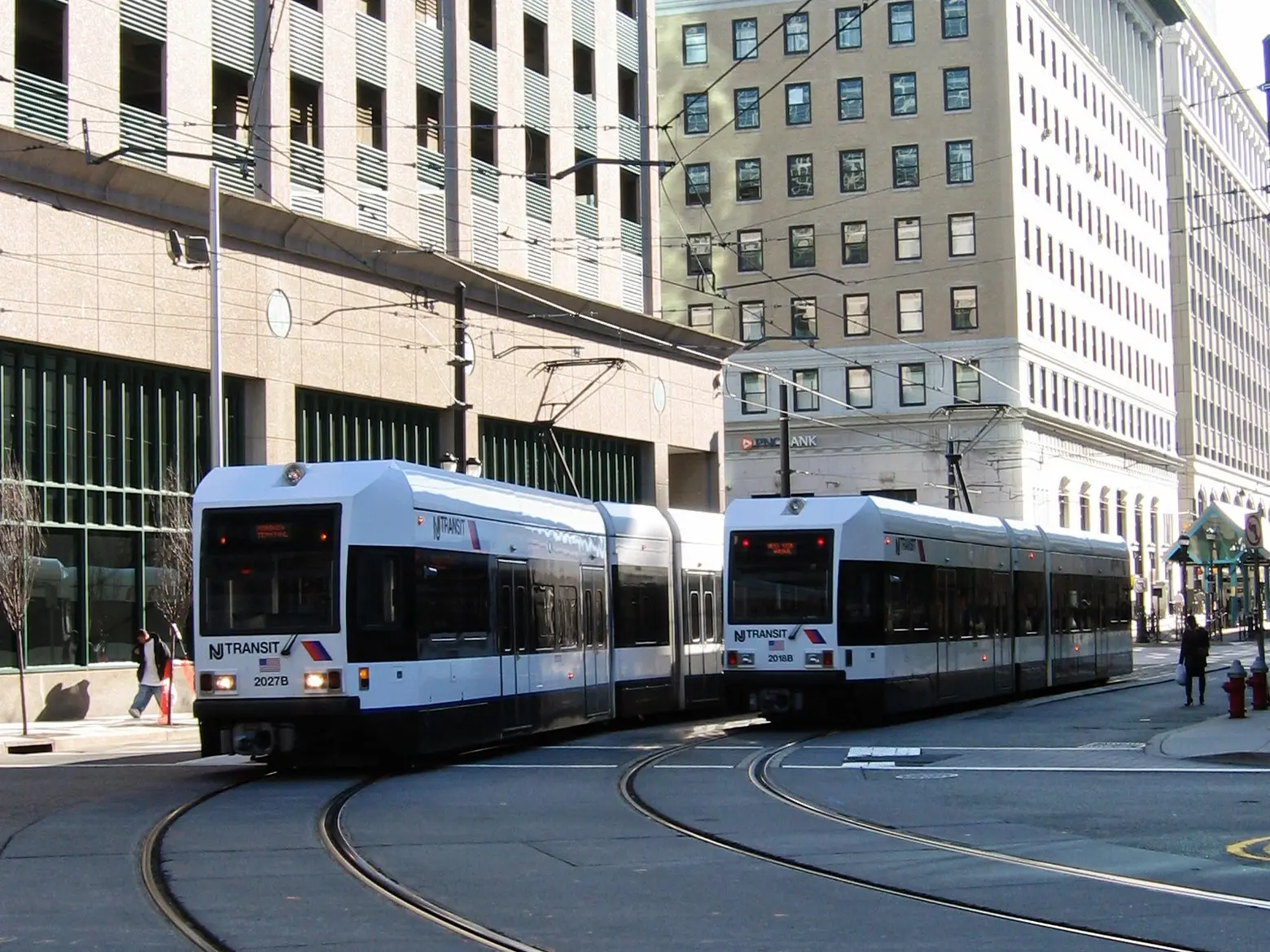 Hudson-Bergan Light Rail via Wiki Commons
Hudson-Bergan Light Rail via Wiki Commons
Last summer, the New York Metropolitan Transportation Authority committed $4 million to study the possibility of connecting the Light Rail from Bayonne to Staten Island, an additional 13-mile long route. At this point, many Staten Island commuters drive over the Bayonne Bridge to park in Bayonne and catch the light rail to the NJ transit.
According to nj.com, Bayonne Mayor Jimmy Davis said, “We are always interested in improvements to transportation in the region,” But he raised concerns about whether the newly improved Bayonne Bridge could handle the weight of a light rail.
 Bayonne Bridge via Wiki Commons
Bayonne Bridge via Wiki Commons
Bayonne Bridge
The Bayonne Bridge is one of the longest steel arch bridges in the world. It spans the tidal straight, Kill Van Kull, between Staten Island, New York, and Bayonne. A seven-year, $2.1 billion construction project raised the level of the mid-span’s navigational clearance by 64 feet and deepened the channel. In September of last year, the largest cargo ship to ever “call” on the port of NY or NJ, the Theodore Roosevelt (a 1,200-foot ship, the same length as four football fields, that can carry 14,000 containers), ceremoniously cruised under the Bayonne Bridge. CMA CGM, the owner of the ship, announced that Bayonne was the link between Shanghai and New York, a 27-day trip.
NJ Port Authority officials declared Bayonne the largest port on the eastern seaboard and the third largest in the United States. They expect that the bridge-raising project will move Bayonne to second place. According to the Port Authority, the Bayonne port can accommodate ships that can carry up to 18,000 containers and will be a “boom for the economic engine for the region.”
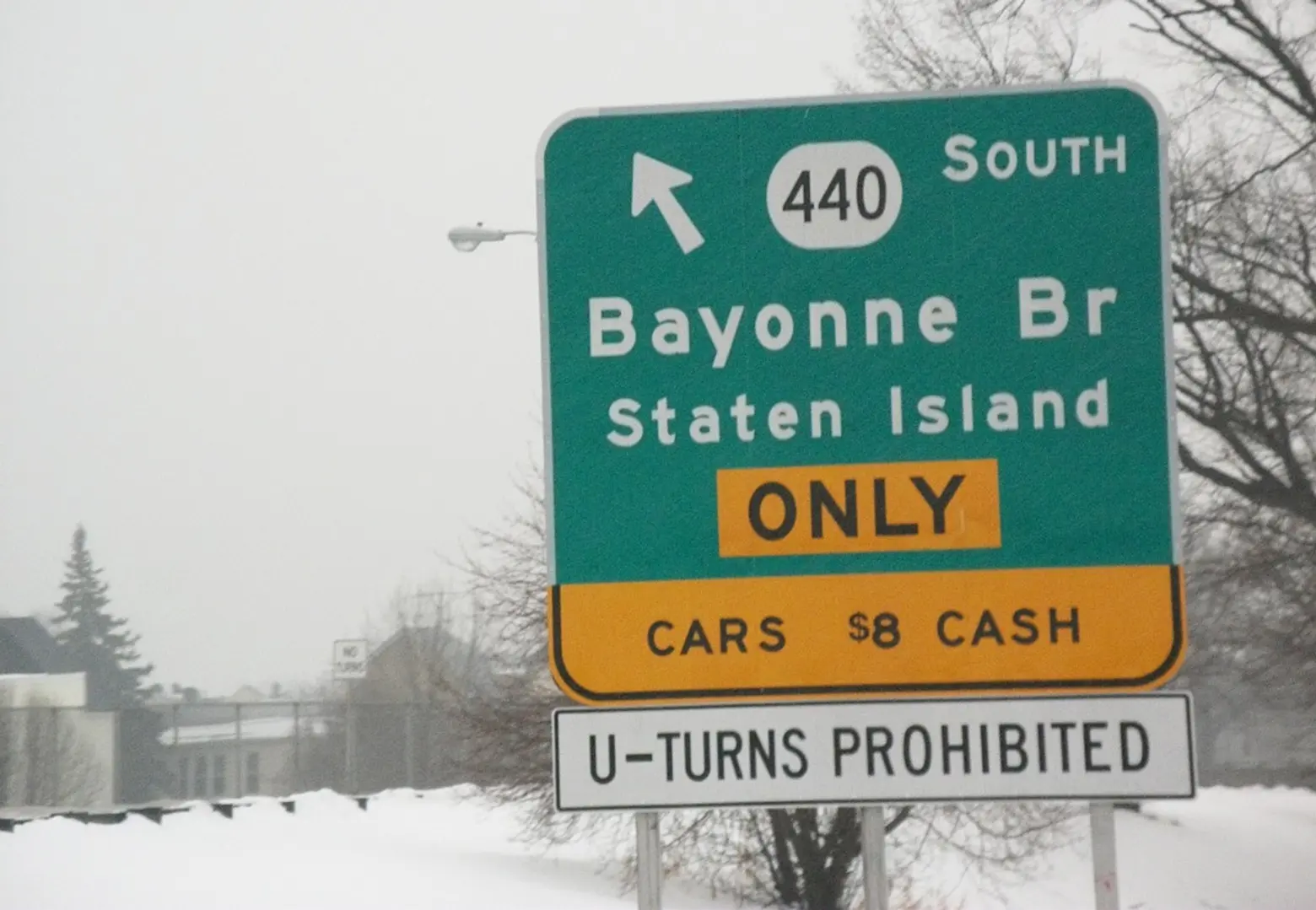 Via Doug Kerr/Flickr
Via Doug Kerr/Flickr
Additional Improvements and Proposals in Bayonne
The Interchange 14A Improvement Project plans to improve local roadways. “These improvements will reduce delays on the Newark Bay-Hudson County Extension, relieve congestion on city streets, create jobs, improve air quality, and encourage regional economic development.” Slated for a 2018 completion, the project will increase the toll plaza capacity from 11 to 13 lanes and construct a new flyover ramp from the interchange and Port Jersey Boulevard to Route 440 south.
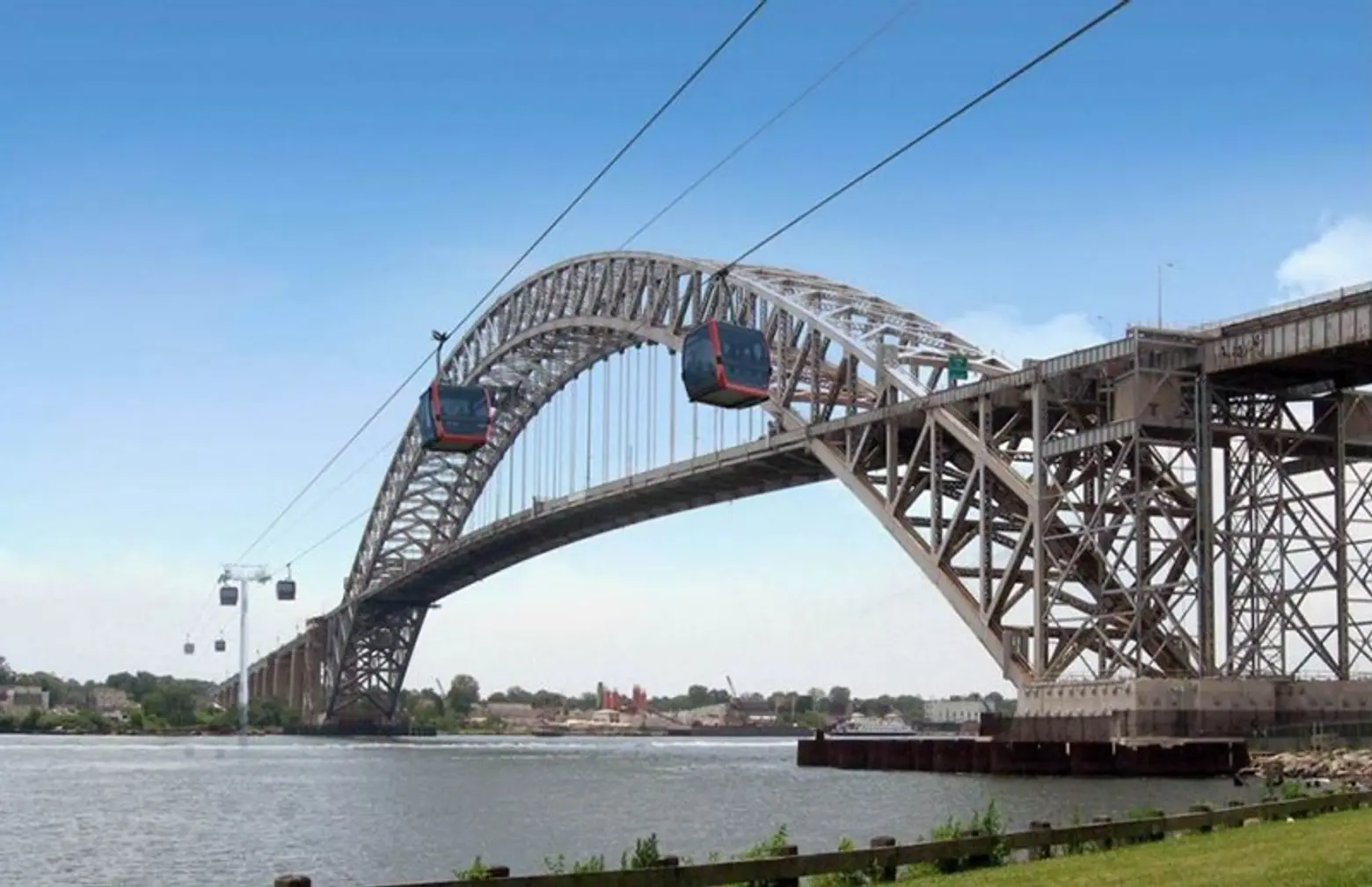 Rendering of the proposed gondola via Colorado-based cable systems developer Leitner-Poma of America’s (LPOA)
Rendering of the proposed gondola via Colorado-based cable systems developer Leitner-Poma of America’s (LPOA)
Aerial Gondola
Local officials have floated the idea of an aerial gondola over the Kill Van Kull from Elm Park in Staten Island to Bayonne. The project would cost more than $60 million but has not progressed very far.
Bike Share
In March of last year, after a proliferation of “Bayonne Bike Share” signs popped up around town, the town council awarded a contract to P3 Global Management (P3GM) to establish a minimum of 40 rental bicycles for at least four different stations throughout the city. According to nj.com, “When asked about the possibility of the city establishing bike lanes, DeMarco said that they’re not quite there yet, and are still estimating the success of the program.”
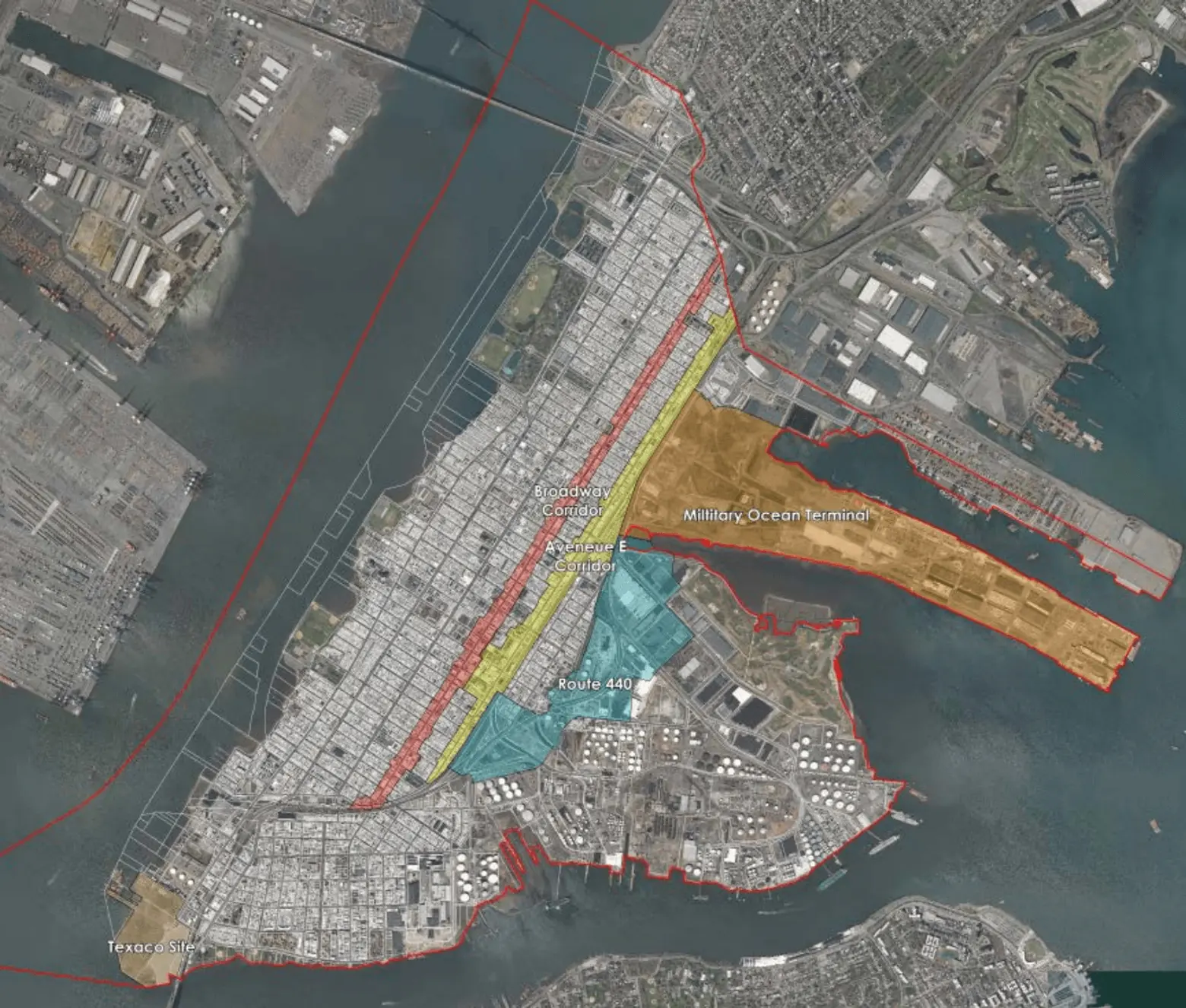 Map of Bayonne’s special development districts, via DMR Architects/Bayonne Master Plan
Map of Bayonne’s special development districts, via DMR Architects/Bayonne Master Plan
The Future
In September, Bayonne joined hundreds of cities across the U.S. and Canada in responding to Amazon’s request for proposals for a location to build its second headquarters. It did not make the top 20 (Newark did) but its desire to be in the running shows this town has chutzpah.
Bayonne is building its infrastructure, buildings, and enthusiasm. On January 13th, nj.com reported that the city council introduced an ordinance that would “require developers of projects exceeding $15 million to hire local labor unions to carry out the work.” The agreement would require that at least 20 percent of the workforce come from local unions.
The future of Bayonne is unclear but there is a lot of support from the town, local businesses and residents to continue the growth.
Curty was quite reassured when the first 15 people who came to initial SilkLofts open house were locals who had ties to the old factory, “They wanted to see the building, shake the hand of the owner, tell us about their mother and/or grandmother who worked here. One guy in his mid-90s showed up. I asked if he wanted a tour and he said, ‘No I’m going to give you a tour.” The “old timers” were cheering on the evolution. When change is welcomed by old and new, it means Bayonne is doing something right.
RELATED:
